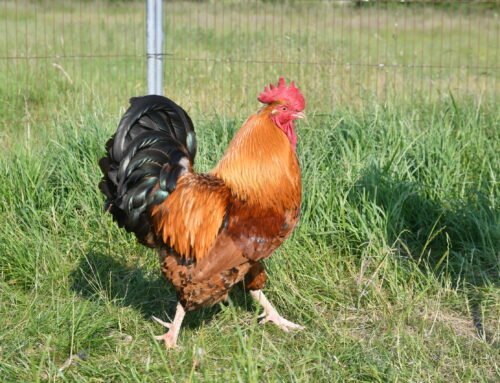Successfully spawned pillar corals are housed inside of large tanks at the Florida Aquarium Center for Conservation located in Apollo Beach on Wednesday. Center for Conservation utilizes large aquarium holding systems powered by LED technology and computer-controlled systems that mimic its natural environment that signals coral to reproduce.
Tampa Bay Times
After two years and more than $4.5 million, scientists working with the Florida Aquarium have pulled off something no one else ever has: They coaxed imperiled Atlantic Ocean coral into spawning in a laboratory, aquarium officials announced Wednesday.
The fact that this can be done in a lab, they said, is a hopeful sign for saving the Florida coral reef that stretches along the state’s Atlantic coast from Martin County south to the Keys. The corals there have been suffering from the effects of warming water and acidification due to climate change, as well as a disease that has left them in danger of extinction. Scientists hope to cultivate enough lab-spawned pillar coral to rebuild the reef.
“This is a massive breakthrough,” said Jaime Craggs of the Horniman Museum and Gardens in London, a partner in the rescue effort. Craggs was the first scientist to successfully get Pacific coral to spawn in a lab six years ago.
The historic event occurred at 12:45 p.m. Saturday in a 350-gallon tank. The tank sits in a small, dark room on the second floor of a wooden building next to a Tampa Electric Co. power plant. Scientists used computer-controlled lighting and manipulated water temperatures and flow to fool the pillar coral into believing it was just after sunset, the right time to spawn.
Keri O’Neil, 39, the aquarium’s senior coral scientist, almost missed it. After constantly monitoring the progress of the 30 corals in the tanks, she had stepped out of the room for just a minute. When she stepped back in, an assistant wearing a red headlamp pointed to one of the lumpy brown corals and said, “This one is releasing its sperm.”
“What?” O’Neil asked, not believing it. She was shocked to see a cloud of sperm floating in the water. Soon the female coral were pushing out their eggs to mingle with the cloud and become fertilized.
“It just kept going for half an hour,” O’Neil said, still sounding giddy while discussing it Wednesday. “They were spawning right at the time they would have spawned in the wild.”
Before long they had 30,000 coral larvae wiggling around. After reporting the project’s success to aquarium president and CEO Roger Germann, O’Neil said, “our celebration was just to collect the larvae and start raising them.”
The group of scientists and volunteers scooped the larvae out with big plastic cups she said, then poured them — 4,000 at a time — into pitchers to carry to a big greenhouse next door. They walked very carefully down one flight of stairs, across a grass expanse and then back up another set of steps.
“It was the most careful walk ever,” O’Neil said. “We didn’t spill any.”
In just one day of observing those larvae, she said, they learned more about raising them than they had ever known before. The larvae swam around and eventually will settle onto small, square tiles with algae on them. That’s where they will begin to grow.
At some point when they mature, perhaps in two years, the scientists will explore replanting them in the Keys as part of an effort to rebuild the declining reef system, O’Neil said.
Getting to this point has taken a lot of work, as well as funding from the state Fish and Wildlife Conservation Commission and the National Oceanic and Atmospheric Administration.
Each summer, the Florida Aquarium sends divers to the Florida Keys for the annual spawning of the coral to collect specimens. The collected spawn is taken to a lab in the Keys to sort out what they have collected. Some may be released back into nature and the rest are raised in the Apollo Beach greenhouses, which the aquarium officials call “arks” after the biblical boat that saved humanity from a flood.
The aquarium scientists use data collected by sensors on a buoy in the Keys to dictate the conditions in the spawning tanks, gradually adjusting the lights and the water to match what’s going on in the wild, O’Neil said. Ping-pong balls with lights stand in for the moon, for instance.
The pillar coral will take a year to spawn again, she said, but they hope to coax another imperiled species, maze coral, into spawning in about three months. They also hope to fill in a lot of the blanks about how the species reproduces.
“We barely know anything about its spawning in the wild,” she said.
Germann said that the federal and state funding helped, as did Tampa Electric parent TECO’s agreement to lease the aquarium 22 acres for $1 a year. But some of the funding also came from the aquarium’s own ticket sales.
“Everyone who bought a ticket to the Florida Aquarium has their fingerprints on the success of this project,” he said.
This story was produced in partnership with the Florida Climate Reporting Network, a multi-newsroom initiative founded by the Miami Herald, the South Florida Sun Sentinel, The Palm Beach Post, the Orlando Sentinel, WLRN Public Media and the Tampa Bay Times.





Leave A Comment